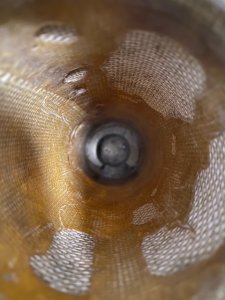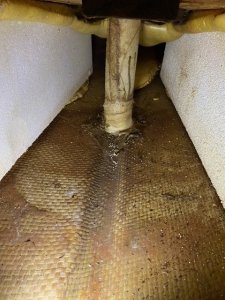biobaysharon
New Member
Hi Everyone.
My name is Sharon . I am a newbie. I just bought a 77 Sunfish.
This is what I have done so far.
Thank you Sharon



My name is Sharon . I am a newbie. I just bought a 77 Sunfish.
This is what I have done so far.
- Leak tested hull. It only leaked from coaming attachments and at the seam between hull and deck at one corner at stern.
- Removed trim and coaming.
- Cut two holes for ports. One in stern and one behind coaming.
- Put fan in stern inspection port to dry out boat but she only weighed out at about 125 when I got her.
- Repaired attachment holes with epoxy . Repaired a couple of gouges.
- Repaired seam with epoxy.
- Did a little gelcoat over holes . Didn't match it so good but I tried . Ready for new rivets.
- Water tested the mast step. No leaks after 45 minutes.
Thank you Sharon






 Maybe a four-inch carbide grinding wheel would last longer?
Maybe a four-inch carbide grinding wheel would last longer?
